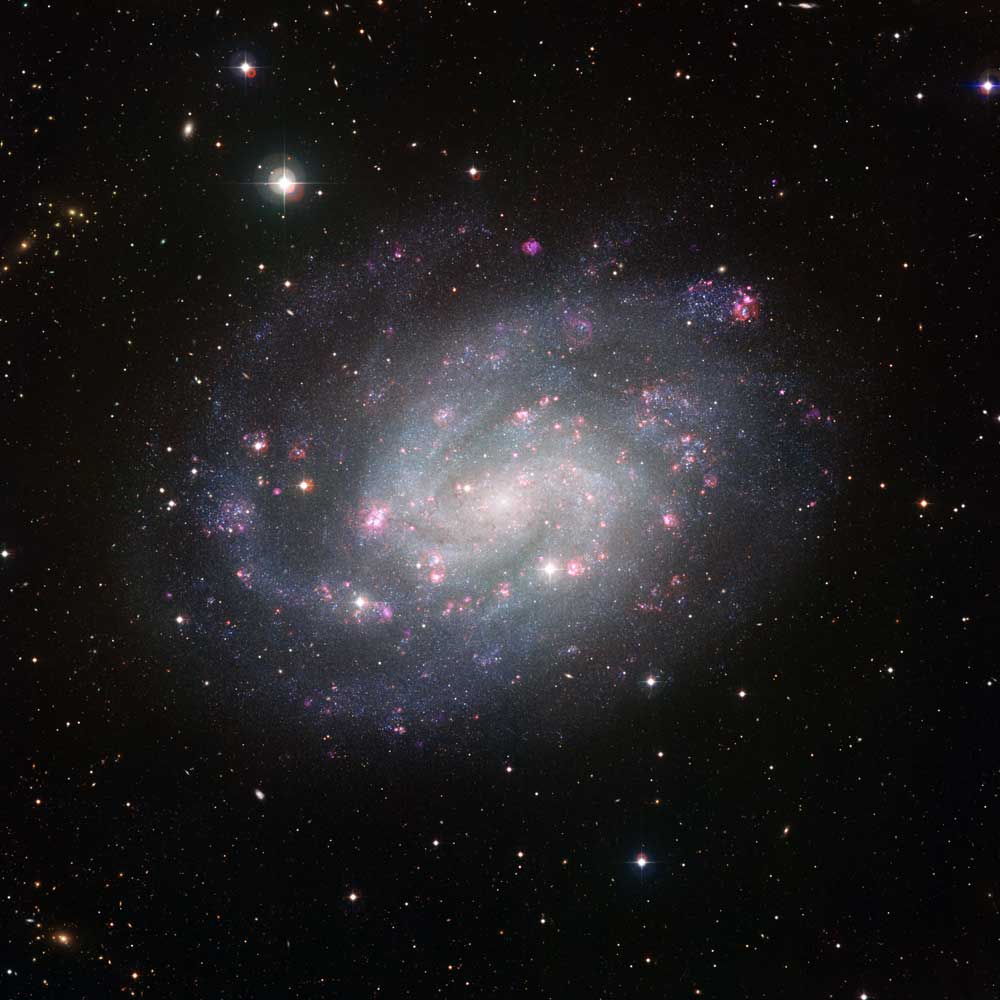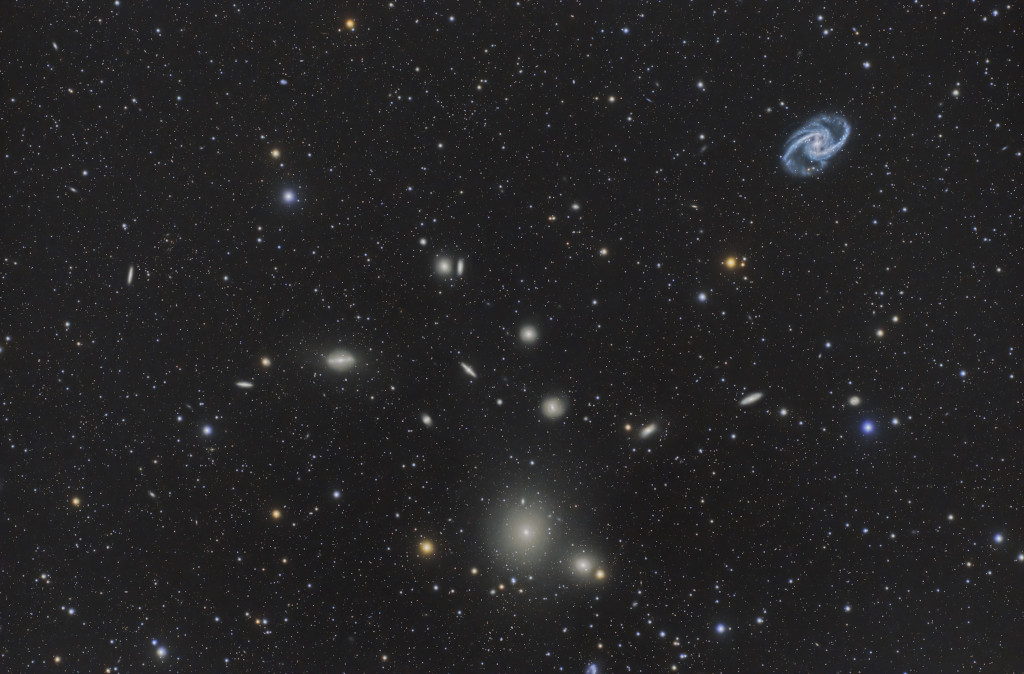Blog
Harold McNair (5 November 1931 – 7 March 1971) was a Jamaican-born saxophonist and flautist.
McNair was born in Kingston, Jamaica. He attended the Alpha Boys School under the tutelage of Vincent Tulloch, while playing with Joe Harriott (a lifelong friend who considered McNair his de facto younger brother), Wilton “Bogey” Gaynair, and Baba Motta‘s band. He spent the first decade of his musical career in The Bahamas, where he used the name “Little G” for recordings and live performances. His early Bahamian recordings were mostly in Caribbean musicalstyles rather than jazz, in which he sang and played both alto and tenor saxophone. He also played a calypso singer in the film Island Women (1958). In 1960, he recorded his first album, a mixture of jazz and calypso numbers entitled Bahama Bash. It was around this time that he began playing the flute, which would eventually become his signature instrument. Initially he had some lessons in New York, but he was largely self-taught. He departed for Europe later in 1960.
more...Arp 273 is a pair of interacting galaxies, 300 million light years away in the constellation Andromeda. It was first described in the Atlas of Peculiar Galaxies, compiled by Halton Arp in 1966. The larger of the spiral galaxies, known as UGC 1810, is about five times more massive than the smaller galaxy. It has a disc that is tidally distorted into a rose-like shape by the gravitational pull of the companion galaxy below it, known as UGC 1813. The smaller galaxy shows distinct signs of active star formation at its nucleus, and “it is thought that the smaller galaxy has actually passed through the larger one.

Jeffrey H. Lorber (born November 4, 1952) is an American keyboardist, composer, and record producer. After six previous nominations, Lorber won his first Grammy Award on January 28, 2018 for Best Contemporary Instrumental Album for Prototype by his band the Jeff Lorber Fusion.
Many of his songs have appeared on the Weather Channel‘s Local on the 8s segments and on the channel’s compilation albums, The Weather Channel Presents: The Best of Smooth Jazz and The Weather Channel Presents: Smooth Jazz II. He was nominated for a Grammy Award for his album He Had a Hat (Blue Note, 2007)
Lorber was born to a Jewish family in Cheltenham, Pennsylvania, the same suburb as Michael and Randy Brecker, with whom he would later play. He started to play the piano when he was four years old. After playing in a number of R&B bands as a teen, he attended Berklee College of Music, where he developed his love for jazz. At Berklee he met and played alongside guitarist John Scofield. He moved to Vancouver, Washington in 1972. For several years he studied chemistry at Boston University.
more...Lawrence Benjamin Bunker (November 4, 1928 – March 8, 2005) was an American jazz drummer, vibraphonist, and percussionist. A member of the Bill Evans Trio in the mid-1960s, he also played timpani with the Los Angeles Philharmonic orchestra.
more...
Carlos Valdés Galán (November 4, 1926 – December 4, 2007), better known as Patato, was a Cuban conga player. In 1954, he emigrated from La Habana to New York City where he continued his prolific career as a sideman for several jazz and Latin music ensembles, and occasionally as a bandleader. He contributed to the development of the tunable conga drum which revolutionized the use of the instrument in the US. His experimental descarga albums recorded for Latin Percussion are considered the counterpart to the commercial salsa boom of the 1970s. Tito Puente once called him “the greatest conguero alive today”.
more...NGC 300 (also known as Caldwell 70) is a spiral galaxy in the constellation Sculptor. It is one of the closest galaxies to the Local Group, and probably lies between the latter and the Sculptor Group. It is the brightest of the five main spirals in the direction of the Sculptor Group. It is inclined at an angle of 42° when viewed from Earth and shares many characteristics of the Triangulum Galaxy. It is 94,000 light-years in diameter, somewhat smaller than the Milky Way, and has an estimated mass of (2.9 ± 0.2) × 1010 M☉

Mable John (November 3, 1930 – August 25, 2022) was an American blues vocalist and was the first female artist signed by Berry Gordy to Motown‘s Tamla label.
John was born in Bastrop, Louisiana, on November 3, 1930, the eldest of at least nine siblings. At a very young age, she and her parents, Mertis and Lillie (Robinson) John, moved north into Arkansas, where her father got a job in a paper mill near Cullendale, where four of her brothers (including R&B singer Little Willie John) and two sisters were born.
more...Joe McPhee (born November 3, 1939) is an American jazz multi-instrumentalist born in Miami, Florida, a player of tenor, alto, and soprano saxophone, the trumpet, flugelhorn and valve trombone. McPhee grew up in Poughkeepsie, New York, and is most notable for his free jazz work done from the late 1960s to the present day.
McPhee was born in Miami, Florida, on November 3, 1939. He began playing trumpet when he was eight, before learning other instruments. He played in various high school and then military bands before starting his recording career. His first recording came in 1967, when he appeared on the Clifford Thornton album entitled Freedom and Unity. McPhee taught himself saxophone at the age of 32 after experiencing the music of John Coltrane, Albert Ayler, and Ornette Coleman. During the late 1960s and early 1970s, McPhee lectured on jazz music at Vassar College.
more...Henry Grimes (November 3, 1935 – April 15, 2020) was an American jazz double bassist and violinist.
After more than a decade of activity and performance, notably as a leading bassist in free jazz, Grimes completely disappeared from the music scene by 1970. Grimes was often presumed to have died, but he was discovered in 2002 and returned to performing.
Henry Alonzo Grimes was born in Philadelphia, to parents who both had been musicians in their youth. He took up the violin at the age of 12, and then began playing tuba, English horn, percussion, finally switching to the double bass at Mastbaum Technical High School. He furthered his musical studies at Juilliard and established a reputation as a versatile bassist by the mid-1950s.
Grimes recorded or performed with pianist Lennie Tristano and saxophonists Lee Konitz, Gerry Mulligan and Sonny Rollins, pianists Thelonious Monk and McCoy Tyner, singer Anita O’Day, clarinetist Benny Goodmanand many others. When bassist Charles Mingus was experimenting with a second bass player in his band, Grimes was the person he selected for the job. One of his earliest appearances on film is captured in the Bert Stern documentary on the Newport Jazz Festival of 1958, Jazz on a Summer’s Day.
more...“Rondeña” belong to Malaga’s singing group. “Rondeña” existed before flamenco, joining it in the 19th century. Its origin is in “fandango” from Malaga, more specifically in ” bandolás”. Some authors suggest that this name comes from the nightly rounds. Other authors believe that it comes from the city of Ronda, as “rodeña” was originated in the homonymous mountains. “Rondeña” has greatly extended through Andalusia during the 19th century. “Rondeña” singing has evolved in recent times with with a decrease in melismatic ornamentation. Its composition ad libitum (without “compas”). Lyrics are related to countryside life. Its structure is a couplet of four eight-syllable verses, usually consonant rhyme. They normally turn into five by repetition of the second one, but also without repetition. Dance displays a rhythm of wild abandon. Others have used the rhythm of the “taranto“, which has many similarities but, being rondeña, more open and evocative.
more...Named for the southern constellation toward which most of its galaxies can be found, the Fornax Cluster is one of the closest clusters of galaxies. About 62 million light-years away, it’s over 20 times more distant than our neighboring Andromeda Galaxy, but only about 10 percent farther along than the better known and more populated Virgo Galaxy Cluster. Seen across this three degree wide field-of-view, almost every yellowish splotch on the image is an elliptical galaxy in the Fornax cluster. Elliptical galaxies NGC 1399 and NGC 1404 are the dominant, bright cluster members toward the bottom center. A standout, large barred spiral galaxy, NGC 1365, is visible on the upper right as a prominent Fornax cluster member.

Keith Noel Emerson (2 November 1944 – 11 March 2016) was an English keyboardist, songwriter, composer and record producer. He played keyboards in a number of bands before finding his first commercial success with the Nice in the late 1960s. He became internationally famous for his work with the Nice, which included writing rock arrangements of classical music. After leaving the Nice in 1970, he was a founding member of Emerson, Lake & Palmer (ELP), one of the early progressive rock supergroups.
Emerson, Lake & Palmer were commercially successful through much of the 1970s, becoming one of the best-known progressive rock groups of the era. Emerson wrote and arranged much of ELP’s music on albums such as Tarkus (1971) and Brain Salad Surgery (1973), combining his own original compositions with classical or traditional pieces adapted into a rock format. Following ELP’s break-up at the end of the 1970s, Emerson pursued a solo career, composed several film soundtracks, and formed the bands Emerson, Lake & Powell and 3 to carry on in the style of ELP. In the early 1990s, ELP reunited for two more albums and several tours before breaking up again in the late 1990s. Emerson also reunited The Nice in 2002 for a tour.
During the 2000s, Emerson resumed his solo career, including touring with his own Keith Emerson Band featuring guitarist Marc Bonilla and collaborating with several orchestras. He reunited with ELP bandmate Greg Lake in 2010 for a duo tour, culminating in a one-off ELP reunion show in London to celebrate the band’s 40th anniversary. Emerson’s last album, The Three Fates Project, with Marc Bonilla and Terje Mikkelsen, was released in 2012. Emerson reportedly suffered from depression and alcoholism, and in his later years developed nerve damage that hampered his playing, making him anxious about upcoming performances. He died of a self-inflicted gunshot wound on 11 March 2016 at his home in Santa Monica, California.
Emerson was widely regarded as one of the top keyboard players of the progressive rock era. AllMusic describes Emerson as “perhaps the greatest, most technically accomplished keyboardist in rock history”. In 2019, readers of Prog voted him the greatest keyboard player in progressive rock.
more...Philip Wells Woods (November 2, 1931 – September 29, 2015) was an American jazz alto saxophonist, clarinetist, bandleader, and composer.
Woods was born in Springfield, Massachusetts. After inheriting a saxophone at age 12, he began taking lessons at a local music shop. His heroes on the alto saxophone included Benny Carter and Johnny Hodges. He studied music with Lennie Tristano at the Manhattan School of Music and at the Juilliard School. His friend, Joe Lopes, coached him on clarinet as there was no saxophone major at Juilliard at the time and received a bachelor’s degree in 1952. Although he did not copy Charlie Parker, Woods was known as the New Bird, a nickname also given to other alto saxophone players such as Sonny Stitt and Cannonball Adderley.
more...More Posts
- David Amram
- Flamenco Fridays Diego Amador
- Daily Roots Mikey Dread
- Cosmos MACS0416
- Diana Krall
- Hubert Sumlin
- World Music Trio Mandili
- Daily Roots Sabebe
- Cosmos M1
- Susie Ibarra
- Kevin Eubanks
- Jerome Richardson
- World Fusion KOUM TARA
- Daily Roots Cedric Im brooks and The Light of Saba
- Cosmos NGC 1385
- Aaron Copeland
- Buckwheat Zydeco
- George Cables
- Ellias Marsalis
